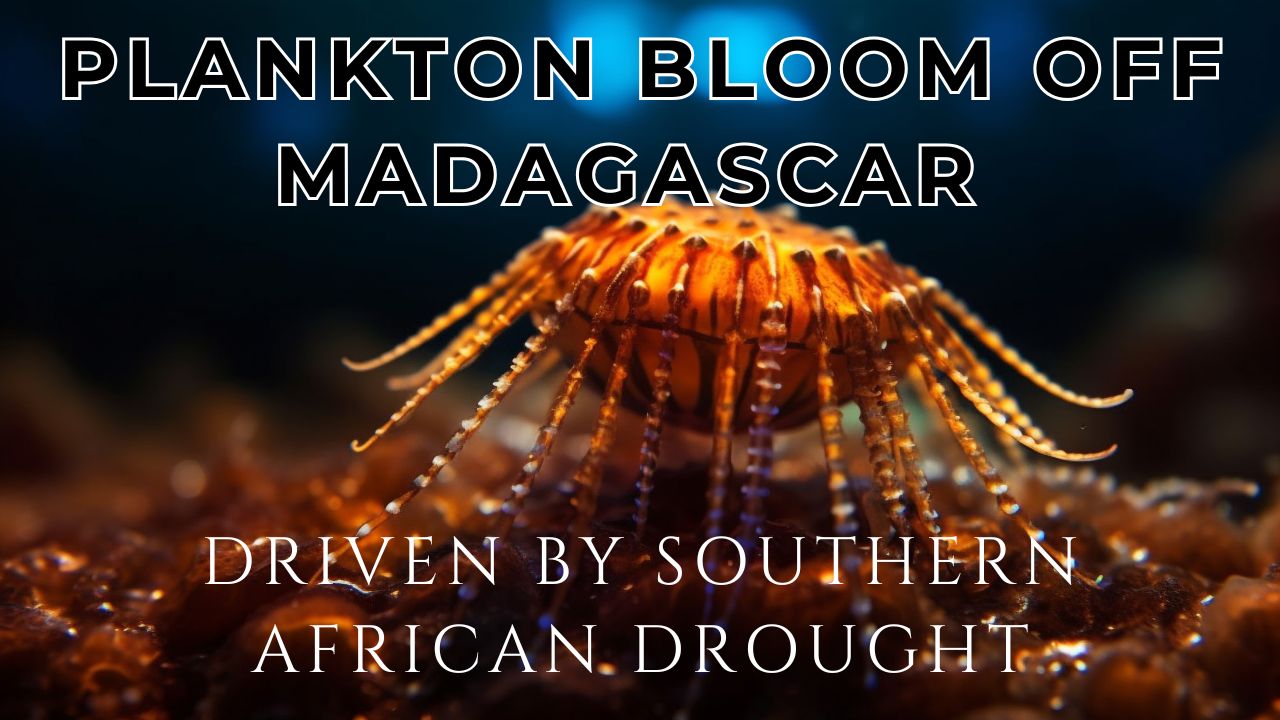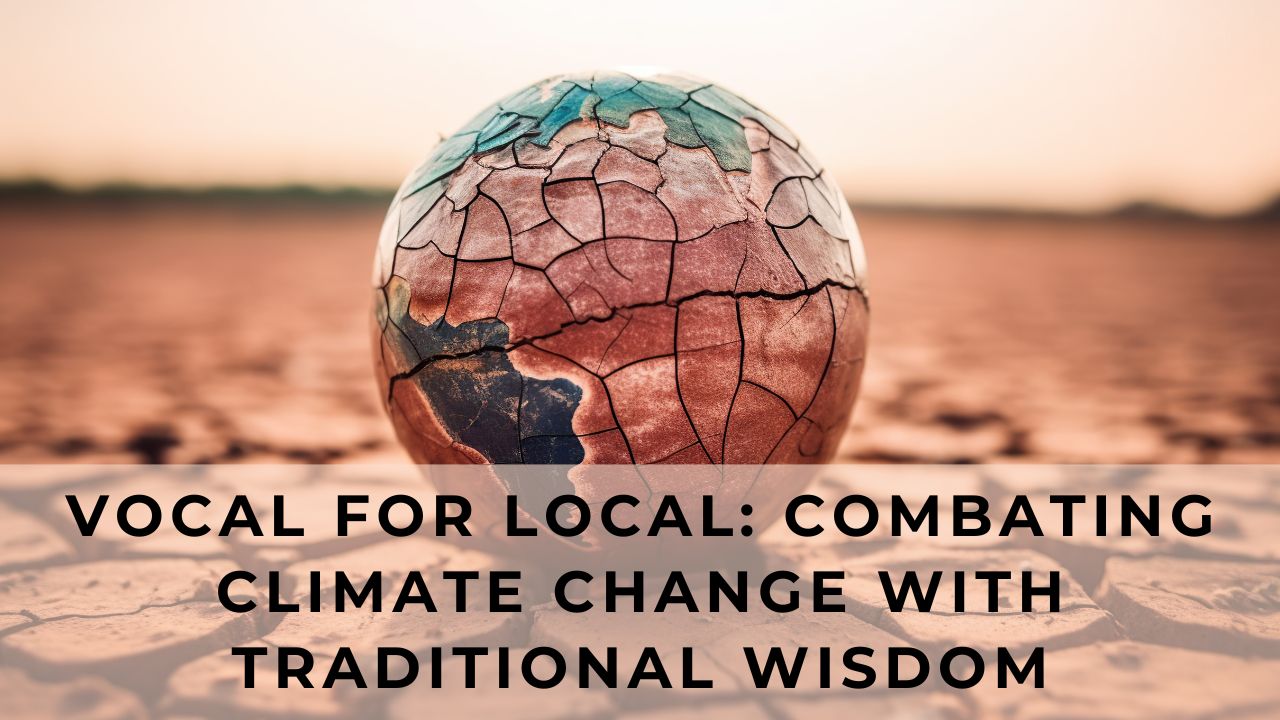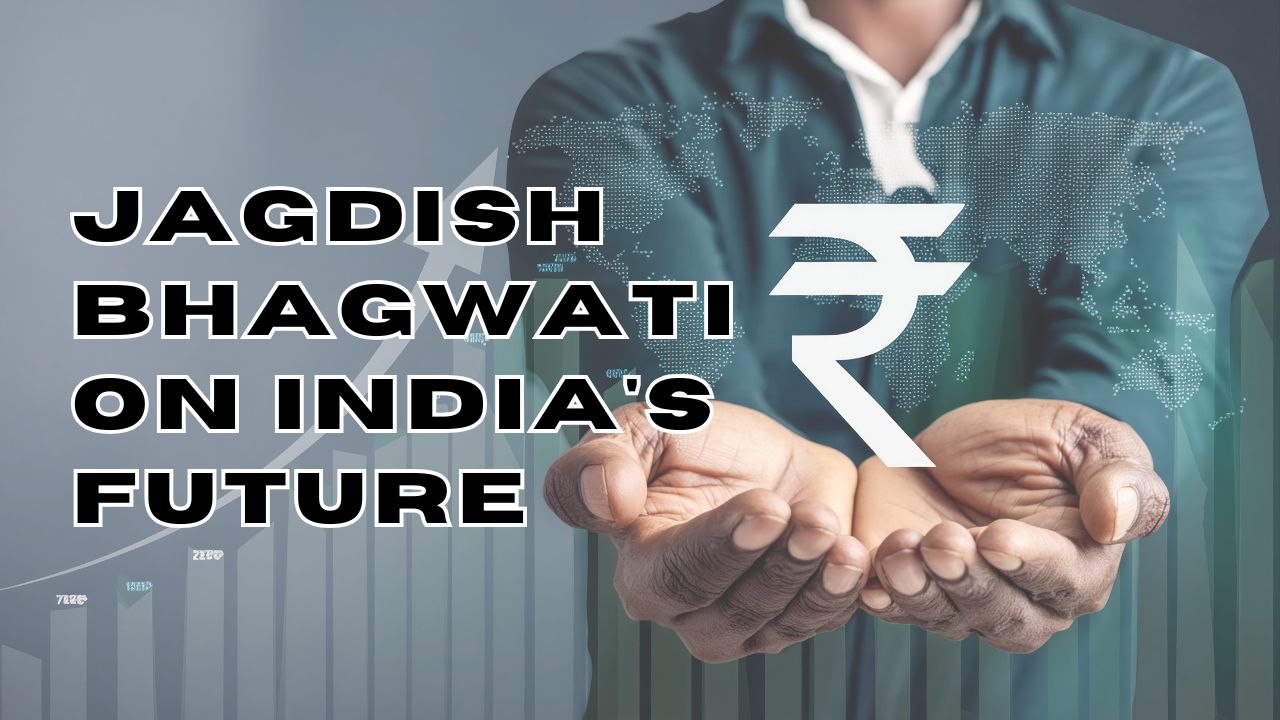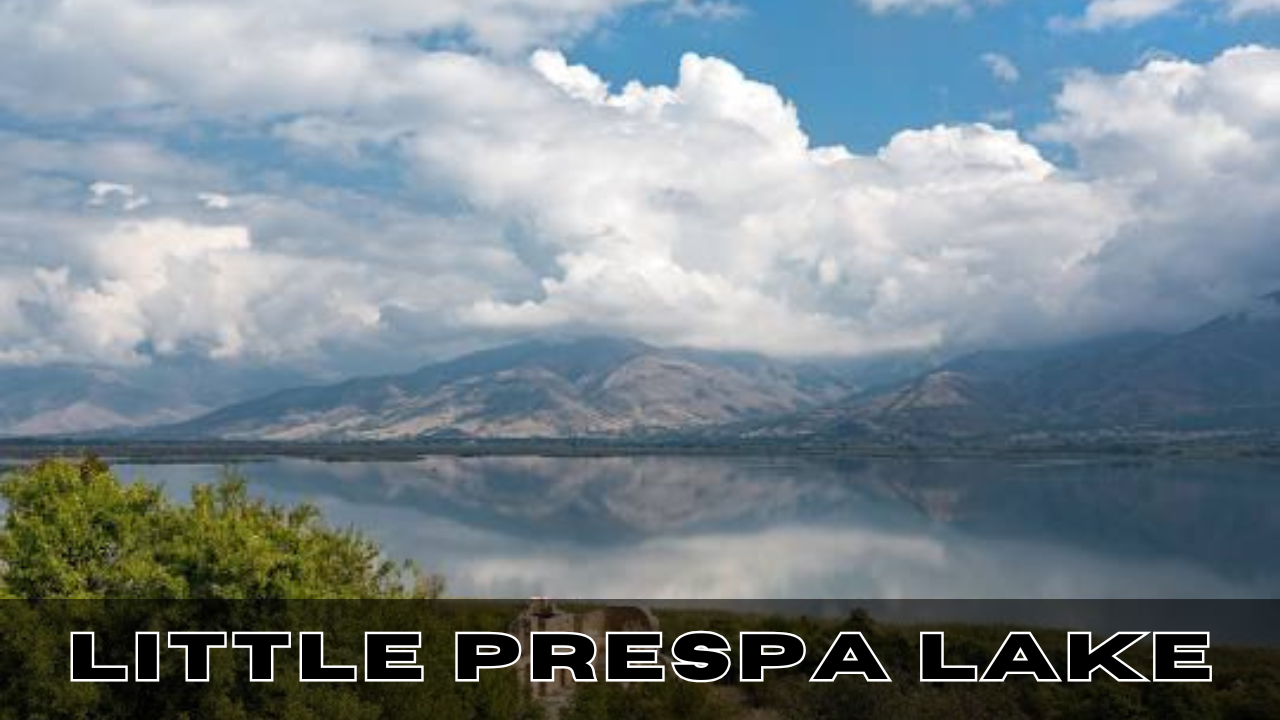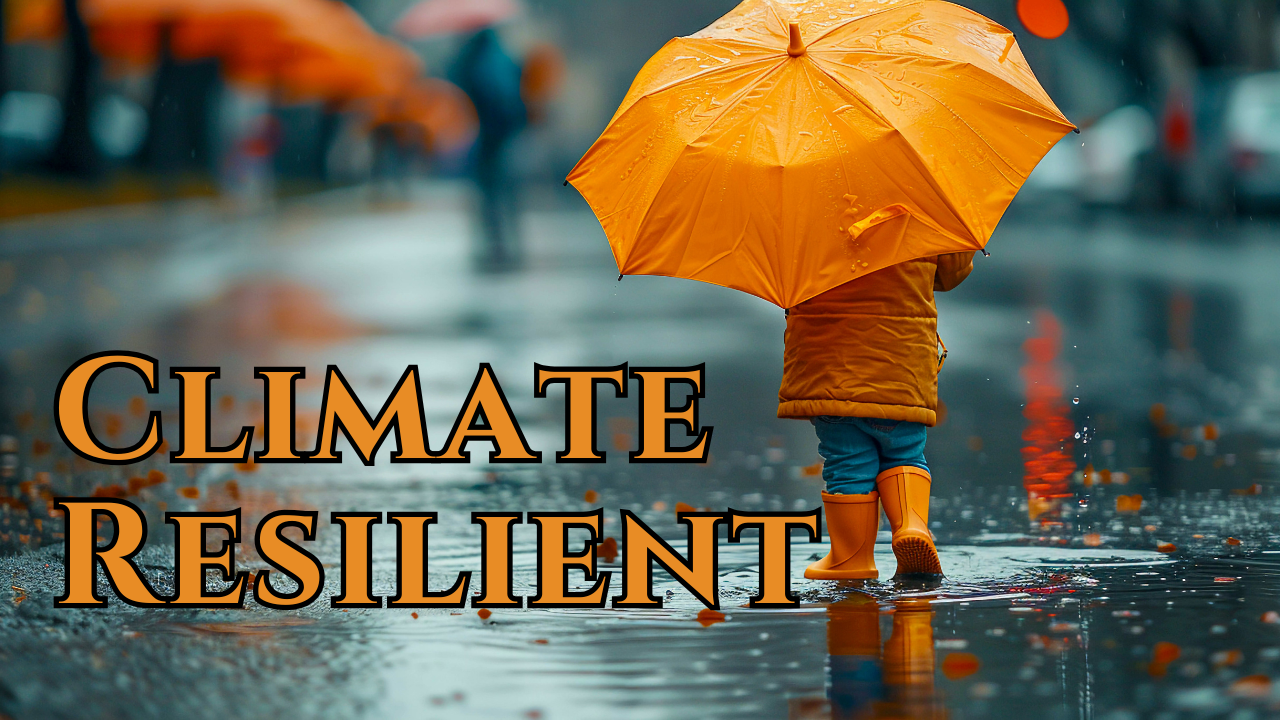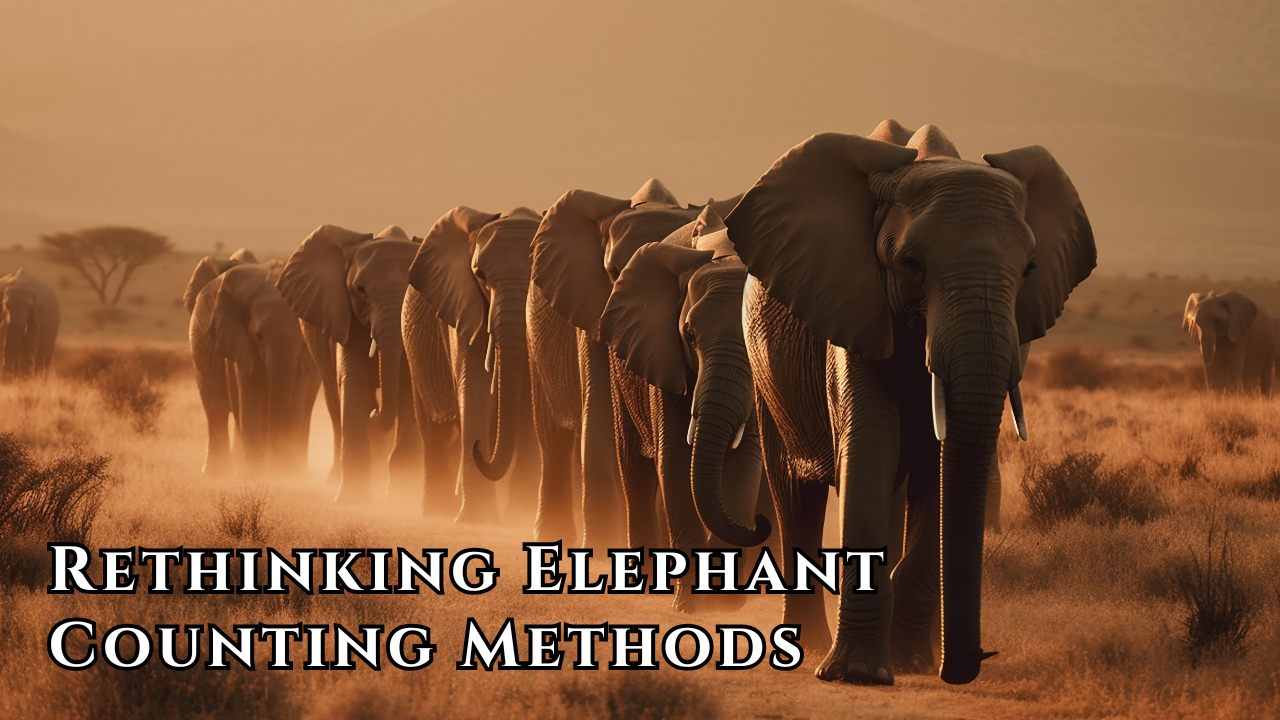Context:
A new study revealed that windborne dust from drought-stricken southern Africa triggered an unusually strong phytoplankton bloom off the southeast coast of Madagascar between November 2019 and February 2020, marking the most significant bloom in two decades during an unexpected period.

Role of Phytoplankton in Climate and Carbon Cycles:
- Phytoplankton play a significant role in regulating Earth’s climate and carbon cycles.
- Like terrestrial plants, phytoplankton contain chlorophyll and use photosynthesis to generate oxygen and absorb large amounts of carbon dioxide.
Dust and Desertification:
- Drylands, which cover 41% of global land, are vulnerable to drought and desertification.
- Loss of vegetation in dry regions leads to wind-driven soil particle mobilisation, resulting in increased dust emissions into the atmosphere.
- Dust often carries essential nutrients such as iron, nitrogen, and phosphorus, which can fertilise nutrient-poor ocean waters and boost primary productivity.
Study Findings:
- The study published in PNAS Nexus (October 1, 2024) revealed that dust from southern Africa was deposited into the nutrient-limited waters southeast of Madagascar, triggering the phytoplankton bloom.
- Key dust sources include the Etosha and Makgadikgadi Pans (Namibia, Botswana), coastal Namibian desert, and the Kalahari Pan belt.
Impact of Climate Change and Drought:
- Southern Africa is considered a climate change hotspot, with projections showing rising temperatures and increased aridity.
- Prolonged and extreme multi-year droughts have intensified over the last decade, with 2019’s austral spring (September-November) being one of the driest in 40 years for parts of Zimbabwe, Namibia, Botswana, and South Africa.
- 90,000 livestock were lost in Namibia, and over 11 million people faced severe food insecurity during this period.
Dust and Ocean Fertilisation:
- From November to December 2019, strong dust aerosol optical depth anomalies were recorded over southern Africa, especially Namibia, Botswana, and western South Africa.
- The dust aerosols, rich in iron, were transported to the ocean and contributed to the unusual bloom.
- The phytoplankton bloom started 2.5 months earlier and lasted three weeks longer than previous blooms in the area.
Methodology and Future Implications:
- Researchers used standardised anomalies of dust aerosol optical depth from the Copernicus Atmosphere Monitoring Service (CAMS) and in-situ data from the Aerosol Robotic Network to measure atmospheric dust over Madagascar.
- Dust-driven ocean fertilisation events could become more frequent due to intensifying droughts driven by climate change.
- These events could significantly impact the carbon dioxide uptake of the oceans, affecting global carbon cycles.
subscribe to our Youtube Channel for more Valuable Content – TheStudyias
Download the App to Subscribe to our Courses – Thestudyias
The Source’s Authority and Ownership of the Article is Claimed By THE STUDY IAS BY MANIKANT SINGH
